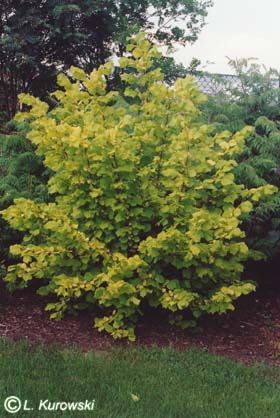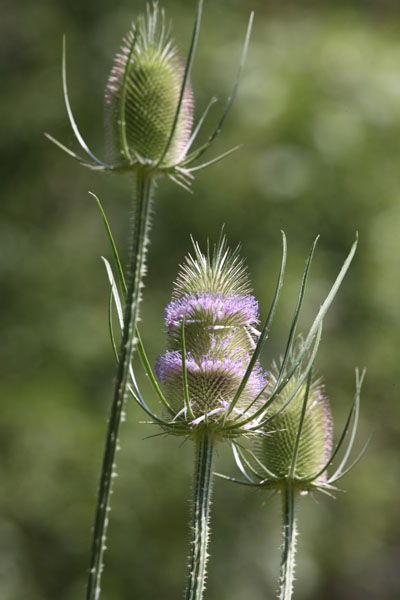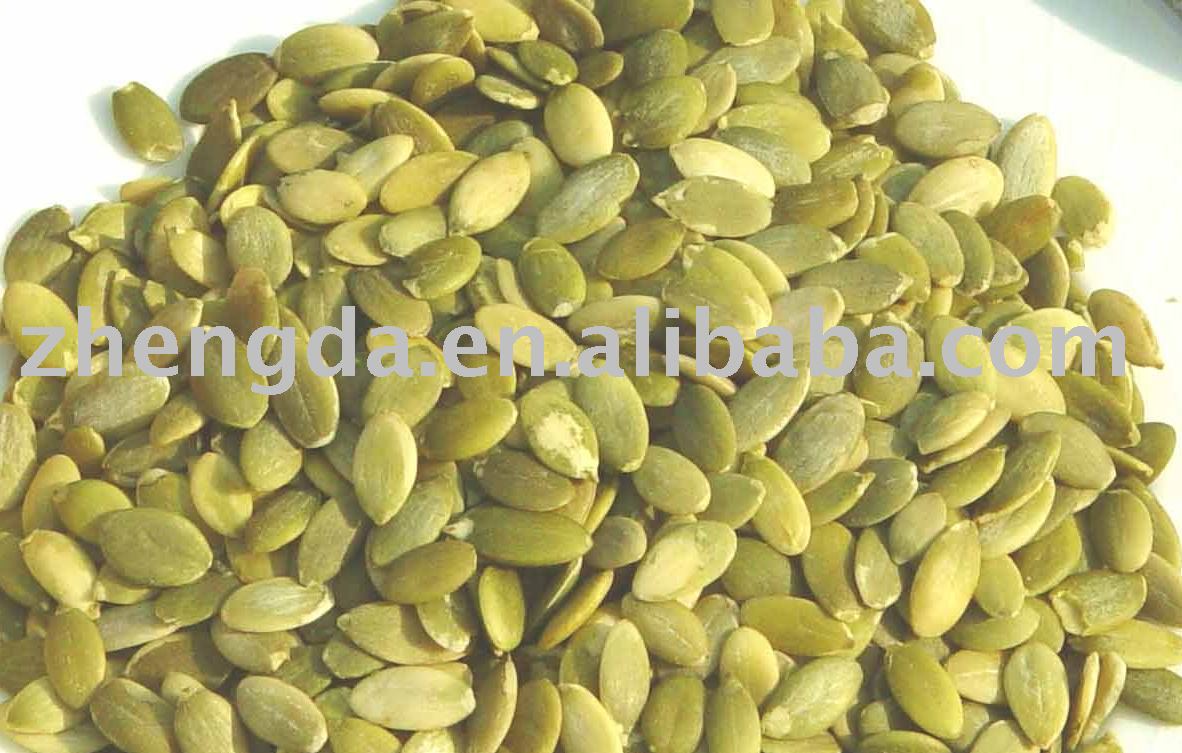1 lb Beef
1 garlic clove
1 oz flour
1/2 tsp dried thyme
6 oz onions
1 tbsp oil
1 bay leaf
1/2 pt ale
Coq au Vin
 4 chicken joints
4 chicken joints6 oz bacon, diced
6 oz mushrooms
6 oz tiny onions
1 pt red wine
1 tsp cornflour
a bay leaf
1 tsp thyme
1 tbsp oil
s&p
Growing vegetables, flowers and shrubs: what better way to have good food, exercise, education, stimulation of all the senses, cameraderie and enjoyment of nature? Then ideas of recipes - for some of our produce - and other interesting ideas. Also some interesting gardens and houses which took our fancy.
 4 chicken joints
4 chicken joints |
| Miscanthus sinensis 'flamingo' - a beautiful it is too! |
 Hazel (Corlyius avellana)
Hazel (Corlyius avellana) Making statuesque border lants, the tawny seed heads of this biennial provide structure in the winter garden and a natural source of food for agile goldfinches. They contain thousands of small oblong seeds wich these birds can prise out from between the spines with their relatively slim beaks, while clinging on to the stiff stalks even in strong wind. The purple and bright green flower heads are a summer bonus.
Making statuesque border lants, the tawny seed heads of this biennial provide structure in the winter garden and a natural source of food for agile goldfinches. They contain thousands of small oblong seeds wich these birds can prise out from between the spines with their relatively slim beaks, while clinging on to the stiff stalks even in strong wind. The purple and bright green flower heads are a summer bonus.  Globe thistle (Echinops ritro)
Globe thistle (Echinops ritro) Silver birch (Betula pendula)
Silver birch (Betula pendula) Sunflower (Hellanthus annuus)
Sunflower (Hellanthus annuus) Although these are some of my favourite recipes, most soups we have are mixtures: vegetables from the previous meal, together with stock, either vegetable, chicken or ham, along with lentils, split peas or other additions. One of our mantras at dinner every evening is ' if we don't eat these vegetables tonight they'll go into the soup!'.
Although these are some of my favourite recipes, most soups we have are mixtures: vegetables from the previous meal, together with stock, either vegetable, chicken or ham, along with lentils, split peas or other additions. One of our mantras at dinner every evening is ' if we don't eat these vegetables tonight they'll go into the soup!'.

 Drying works by eliminating the moisture in which the enzymes, bacteria, yeasts and fungi that might otherwise start to destroy the produce thrive. You don't, stricly speaking, need a spcial machine to do the job. Many people dry produce ina low oven (45 - 55C) or an Aga, or even in an airing cupboard, though the latter can take several days.
Drying works by eliminating the moisture in which the enzymes, bacteria, yeasts and fungi that might otherwise start to destroy the produce thrive. You don't, stricly speaking, need a spcial machine to do the job. Many people dry produce ina low oven (45 - 55C) or an Aga, or even in an airing cupboard, though the latter can take several days. Bananas can be sliced and dried for a couple of hours 'til they are the consistency of sticky toffee, whilst apricots, plums and peaches all preserve well. Dryers also make a more efficient (if less picturesque) alternative for drying herbs and flowers than hanging them in bundled branches from the ceiling. Roughly chop the leaves and spread in the drawers for one to two hours; they can be crumbled or whizzed through a blender when dry.
Bananas can be sliced and dried for a couple of hours 'til they are the consistency of sticky toffee, whilst apricots, plums and peaches all preserve well. Dryers also make a more efficient (if less picturesque) alternative for drying herbs and flowers than hanging them in bundled branches from the ceiling. Roughly chop the leaves and spread in the drawers for one to two hours; they can be crumbled or whizzed through a blender when dry.
 Forget the pork scratchings and peanuts. Next time you down a pint of beer, make sure there's a small pile of pumpkin seeds near by. This may not sound like a very macho combination to be knocking back in your local, but pumpkin seeds are a rich source of zinc, a mineral that will support the bladder and the kidneys and help protect them from the stress of processing several pints.
Forget the pork scratchings and peanuts. Next time you down a pint of beer, make sure there's a small pile of pumpkin seeds near by. This may not sound like a very macho combination to be knocking back in your local, but pumpkin seeds are a rich source of zinc, a mineral that will support the bladder and the kidneys and help protect them from the stress of processing several pints. Acidity and alkalinity are measured according to the pH scale. Water, with a pH of 7.0 is neutral - neither acid nor alkaline. A pH below this is acidic, and anything higher is alkaline. The human body is mildly acidic, to resist infection - its ideal pH is beetween 6.0 and 6.8.
Acidity and alkalinity are measured according to the pH scale. Water, with a pH of 7.0 is neutral - neither acid nor alkaline. A pH below this is acidic, and anything higher is alkaline. The human body is mildly acidic, to resist infection - its ideal pH is beetween 6.0 and 6.8.

 Mushrooms and nutmeg: as nutmeg is antibacterial and will counter the effects of any infection lurking in the bacteria-prone fungus;
Mushrooms and nutmeg: as nutmeg is antibacterial and will counter the effects of any infection lurking in the bacteria-prone fungus;